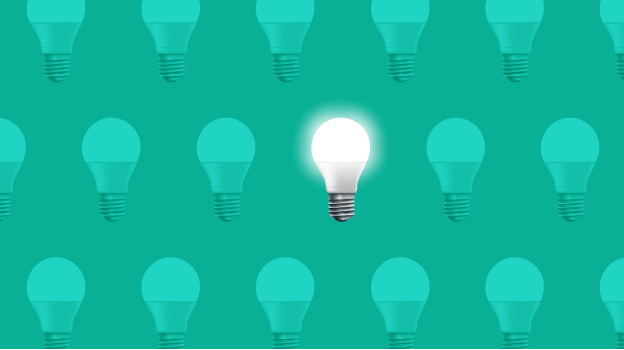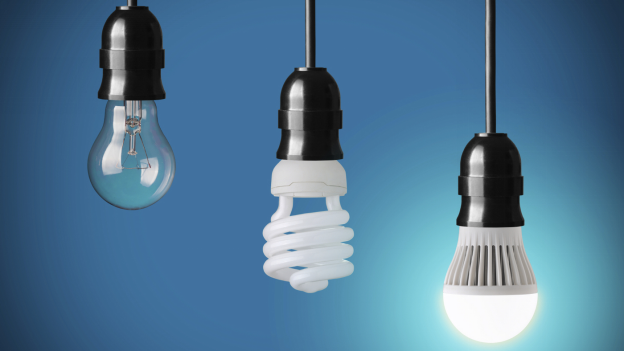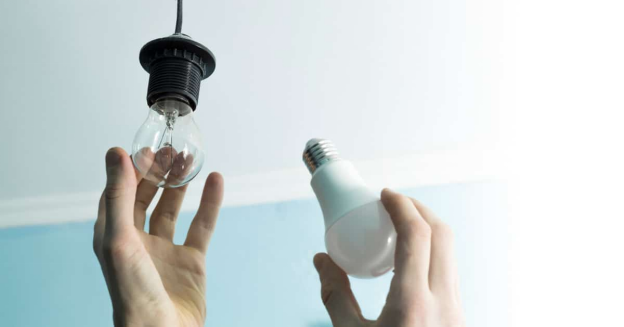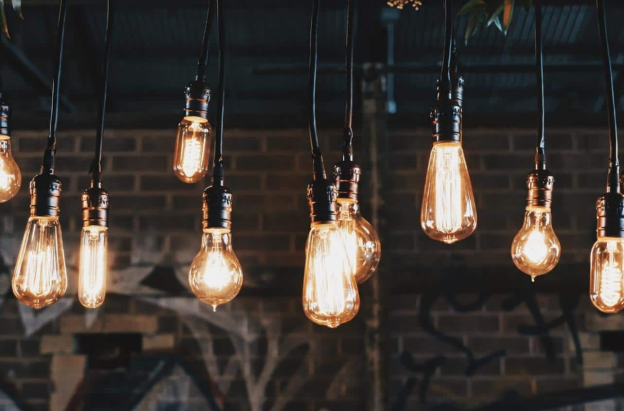LLighting plays an essential role in every home and business, but with the rising costs of energy and growing environmental concerns, many consumers and companies are looking for more energy-efficient alternatives. Traditional incandescent and compact fluorescent lamps (CFLs) have long been the standard lighting choices. However, LED bulbs have rapidly gained popularity due to their superior energy efficiency, longer lifespan, and overall cost-effectiveness. But the main question on the minds of many people remains: What kind of savings can I actually expect by switching to LED bulbs compared to traditional lighting?
In this article, we will dive deep into the comparison between LED bulbs and their traditional counterparts—incandescent and CFL bulbs. We will explore energy consumption, longevity, cost comparisons, and additional factors that contribute to real savings. With this detailed analysis, you’ll be able to better understand the financial benefits of switching to LED lighting, not only in terms of immediate savings but also in the long run.
Energy Consumption: The Major Savings Factor
The most significant advantage that LED bulbs hold over traditional incandescent and CFL bulbs is their energy efficiency. LEDs require substantially less electricity to produce the same amount of light. For example, a standard 60-watt incandescent bulb can be replaced with an LED bulb that only consumes between 8 and 10 watts while providing the same level of brightness. This reduction in energy consumption can represent a 70-80% energy savings, which adds up over time.

When considering the cost of electricity—roughly 13 cents per kilowatt-hour in the U.S.—the savings become striking. For instance, if you use 10 incandescent bulbs for 5 hours per day, switching to LED lighting could save you about $52 annually. This is just for a small household or office, so the savings can grow significantly in larger settings.
In commercial environments, such as retail stores, warehouses, or office buildings, where lights are frequently on for extended periods, the savings from switching to LED bulbs can be substantial. Large commercial spaces may see hundreds or even thousands of dollars in savings annually simply by switching to energy-efficient LED lighting.
Longer Lifespan: Fewer Replacements, More Savings
Another vital factor contributing to savings is the lifespan of the light bulb. Traditional incandescent bulbs typically last only about 1,000 hours, while CFL bulbs can last up to 8,000 hours. In contrast, LED bulbs can last anywhere from 25,000 to 50,000 hours, making them far more durable and long-lasting.
This difference in lifespan means fewer bulb replacements and lower maintenance costs. If you have 10 incandescent bulbs in your home or office, you’ll need to replace them approximately once a year. However, with LED bulbs, those same 10 bulbs could last 13 years before requiring a replacement.
For businesses, especially those with extensive lighting needs or frequent bulb replacements, the financial savings from switching to LEDs become even more apparent. For instance, a large office with 100 lights could save thousands of dollars by only needing to replace their bulbs once every 13 years, instead of multiple times a year for incandescent or CFL bulbs.

The Real Cost: Is the Initial Investment Worth It?
One of the most common objections to switching to LED bulbs is the higher initial cost. While incandescent bulbs typically cost just a couple of dollars, LED bulbs can range from $5 to $10 each, depending on the brand and quality. While this upfront investment is higher, it is crucial to recognize that the long-term savings far outweigh the initial cost.
When factoring in energy savings and the reduced need for replacements, the total cost of ownership for LEDs is far lower over time. In many cases, the return on investment (ROI) is seen within the first year of use due to energy savings alone.
For example, using the same scenario—where 10 incandescent bulbs are used for 5 hours daily—switching to LED lighting would allow you to recoup the higher upfront investment in just one year through energy savings. After the first year, the savings continue to build, making LEDs a more cost-effective choice over time.
For commercial spaces, the ROI on LED lighting becomes even more attractive. Large office buildings, hotels, or retail stores with hundreds of bulbs can often see a payback period of just a few months, followed by long-term savings for years.ts throughout the year, its energy consumption will be 876 kWh, and the cost of electricity will be above $130 throughout the year. Moreover, it needs at least a monthly replacement.
Maintenance and Other Hidden Savings
Beyond the obvious savings on energy and bulb replacements, LED bulbs offer additional cost-saving benefits that often go unnoticed. One such advantage is the reduced maintenance costs. Since LED bulbs last much longer and are more durable than incandescent or CFL bulbs, they require far less frequent servicing or replacement.
Furthermore, LED bulbs generate significantly less heat compared to incandescent bulbs. In environments with extensive lighting, such as businesses or homes with many lights, this reduced heat output can have a direct impact on cooling costs. For instance, in hot climates, air conditioning systems often need to work harder to cool a space that is being heated by numerous incandescent bulbs. Switching to LED lights can reduce the heat load, helping you save money on air conditioning and lowering your overall energy consumption.

Environmental Impact: An Added Benefit
Switching to LED lighting offers significant environmental benefits as well. Since LED bulbs are energy-efficient, they consume far less electricity than traditional bulbs. This reduction in electricity usage leads to lower carbon emissions, especially in areas where electricity is primarily generated from fossil fuels.
Additionally, LED bulbs are free from hazardous materials, such as mercury, which is commonly found in CFL bulbs. LEDs are also 100% recyclable, making them an eco-friendly option for those concerned about reducing their environmental footprint.
For both businesses and individuals aiming to be more sustainable, LEDs offer a simple yet effective solution. By reducing energy consumption and greenhouse gas emissions, switching to LEDs helps contribute to a greener planet while also saving on costs.
LED Lighting Quality: A Better Experience
In addition to their energy savings and long lifespan, LED bulbs provide superior lighting quality compared to traditional options. Incandescent and CFL bulbs often emit a yellowish or unflattering light, which can create a less comfortable atmosphere. LED bulbs, however, are available in a range of color temperatures from cool white to warm amber, giving you more flexibility to create the perfect ambiance for any room or space.
LEDs also provide instant full brightness, unlike CFL bulbs, which often require several minutes to warm up and reach their full light output. This makes LEDs ideal for high-use areas where quick illumination is necessary, such as kitchens, hallways, or staircases.
Many LED bulbs also offer dimming capabilities, allowing for a customizable lighting experience. Whether you want to create a cozy, dim environment for a movie night or need bright, focused light for reading or working, LEDs offer flexibility that traditional lighting simply cannot match.
The Payback Period: How Quickly Do You Recoup Your Investment?
When evaluating the true cost of switching to LED bulbs, the payback period is an essential consideration. As mentioned earlier, the initial investment for LED bulbs is higher than traditional bulbs, but the payback period—the time it takes to recover your upfront investment through savings—often occurs much quicker than most people realize.
For homes, the payback period for energy savings alone is typically between 6 months and 2 years, depending on how many lights are used and how often they are turned on. For businesses, the payback period can be even shorter, especially in settings with a large number of lights that run for extended periods each day. Commercial settings such as offices, retail stores, and hotels can expect a ROI within months, with long-term savings over the life of the bulbs.

Tax Incentives and Rebates for LED Bulb Purchases
An often-overlooked aspect of the financial savings in switching to LED bulbs comes in the form of government rebates and tax incentives. Many local, state, and national programs encourage businesses and homeowners to upgrade their lighting systems to energy-efficient options like LED bulbs by offering rebates or tax deductions.
These incentives can help offset the higher initial cost of LED bulbs, making the transition even more cost-effective. The federal government, along with various state programs, provides financial incentives for commercial buildings and households to adopt energy-efficient lighting systems. Depending on where you live, the amount of the rebate can vary, but it is often significant enough to make the upfront cost of LEDs even more affordable.
By taking advantage of these rebates and tax credits, you can effectively lower the initial investment and shorten your payback period even further.
Conclusion: Why LED Bulbs Are the Clear Choice
When considering the overall benefits of LED lighting—energy savings, long lifespan, lower maintenance costs, and environmental impact—it’s clear that LED bulbs are the superior choice compared to traditional incandescent and CFL bulbs.
While the upfront cost of LED bulbs is higher, the total savings in electricity bills, reduced replacement costs, and lower maintenance make them a more cost-effective option in the long run. In many cases, homeowners can recover their initial investment within a year through energy savings, and businesses can expect a rapid ROI due to their large lighting needs.
At OlamLED, we specialize in providing high-quality, energy-efficient LED lighting solutions designed to meet the needs of both residential and commercial spaces. As a leading manufacturer of industrial and commercial LED lights, we offer a wide range of products, from LED panel lights to tubular lights, track lights, and more.
Our lighting solutions are engineered for maximum energy savings, durability, and sustainability, helping you achieve long-term financial and environmental benefits. With a focus on customized lighting solutions, we ensure that every product meets the specific needs of your business, whether you’re outfitting a large warehouse, a retail space, or an office environment.
Visit OlamLED today to explore how our LED lighting solutions can help you reduce energy consumption, lower costs, and create a brighter, more efficient space for your business or home.
By making the switch, you are not only saving money but also contributing to a sustainable future—all while enjoying the best lighting experience possible.entives to use LEDs is also an added benefit.
FAQs:
1. Do LED lights or regular lights use more electricity?
Ans. In comparison to LED lights, regular lights consume more electricity.
2. Are LED bulbs more efficient than energy-saving bulbs?
Ans. LED bulbs are more energy efficient than energy-saving bulbs, comprising CFLs.
3. What type of energy reduces consumption by replacing old bulbs with new LEDs?
Ans. The electricity consumption is reduced when the older traditional bulbs are replaced with LEDs.
4. Which bulb consumes less electricity?
Ans. LED bulbs tend to consume lesser amounts of electricity compared to traditional bulbs like incandescent or CFLs.
5. Is it worth switching to LED bulbs?
Ans. Yes, opting for LED bulbs is worth it because they help save electricity costs and reduce replacement costs. Also, the lifespan of LEDs is much longer.



